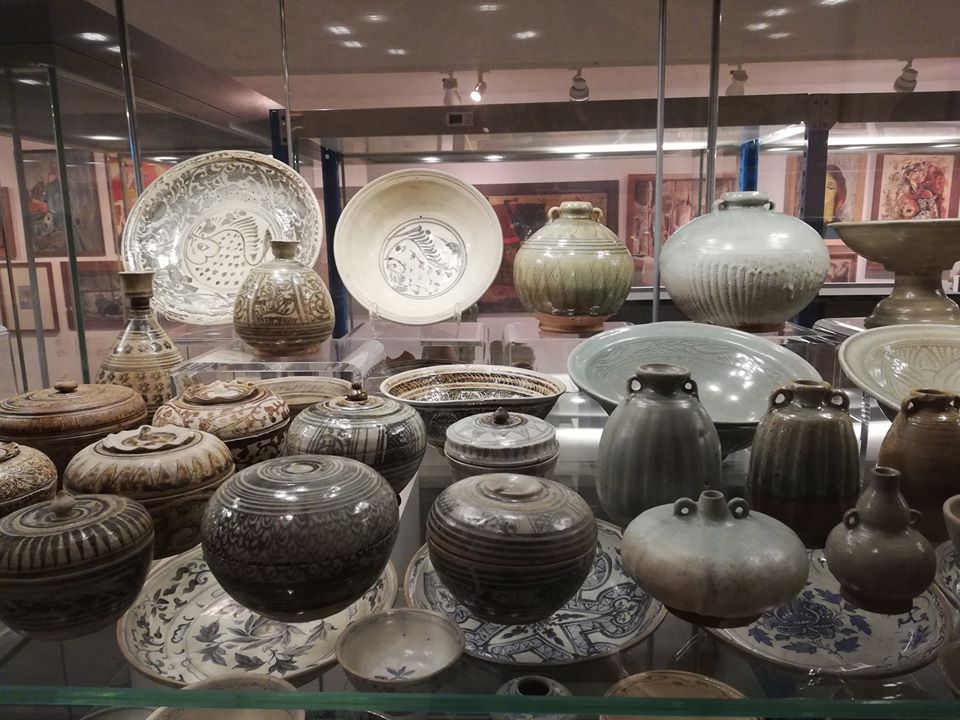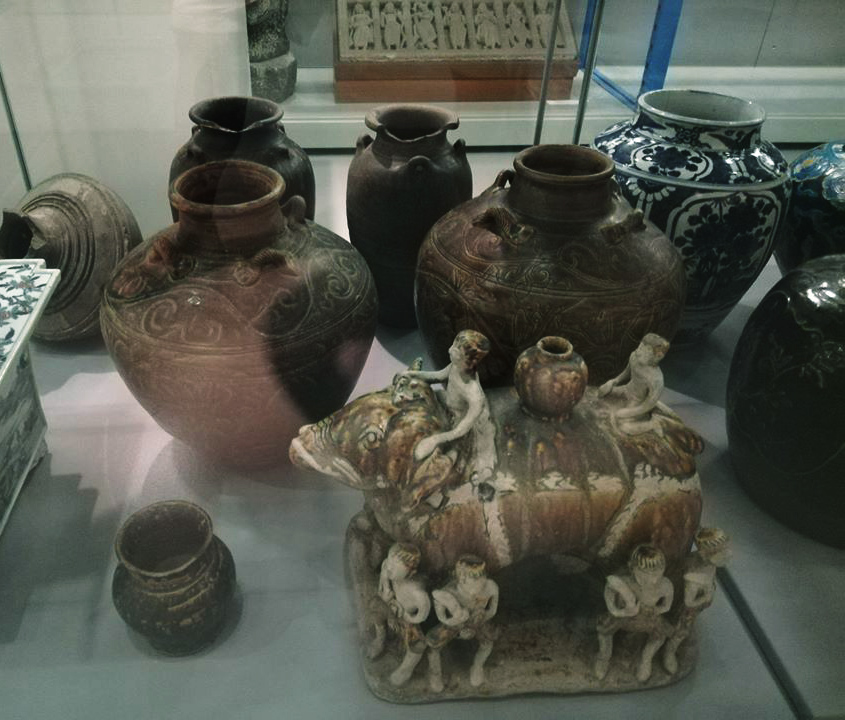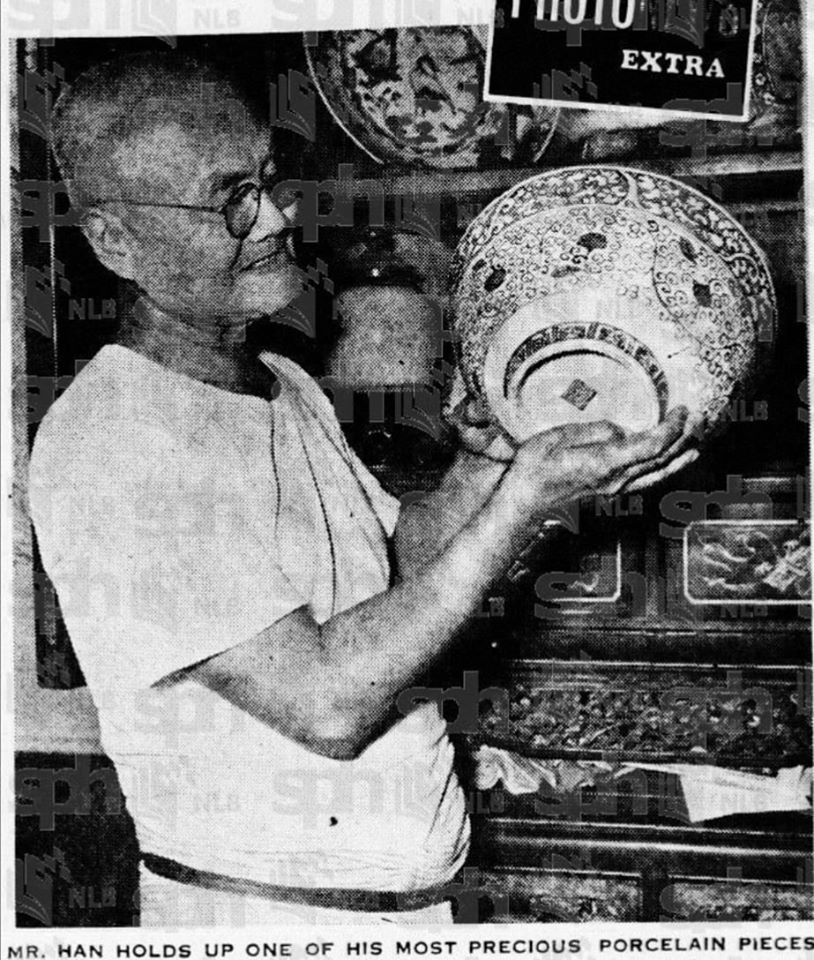
Collecting of Antique Ceramics in Singapore
In Singapore, interest in collecting of antique ceramics as a hobby likely emerged from around 1930s. Over a span of around 80 years, the scope and types of ceramics collected had evolved. It would be interesting to identify some of the circumstances and major events which shaped and determined the contents of collection of the collectors over this period of time.
The Beginning - Ancient trade ceramics from graves and heirlooms in Southeast Asia
A Straits Time article on 12 Jan 1950 featured an antique ceramic collector, Mr Han Wai Toon. From that interview, we can glean some interesting facts. The early Singapore collectors of his time collected mainly trade ceramics exported from China to Southeast Asia during Tang to Qing period. Han Wai Toon (韩槐准)was a Singapore collector of ancient trade Ceramics. His collection was formed in the 1930/50s. Most of his pieces originated from Indonesia and Malaya. In the Straits Times Interview on 12 Jan 1950, he talked about his collecting journey and shared his views on the ancient Chinese ceramic trade to Southeast Asia. He also disclosed that Indonesian dealers from Padang in Sumatra were the traditional suppliers of ancient trade Ceramics to Singapore collectors.

In fact, after a disruption during Konfrontasi (1963-1966), the Indonesian antique pedlers continued to bring in ceramics to Singapore and in the late 60s/70s, the South Asia Hotel in Bencoolen Street was where they congregated to sell their wares.
Han was also a well known pioneering researcher on ancient trade Ceramics and published a book entitled "Ancient Chinese Ceramic Found in Nanyang". He was probably one of the earliest person to explore Johor Lama and wrote about 16th/17th ancient Chinese ceramic fragments recovered from the site. Johor Lama was once the political centre of the Johore Sultanate.
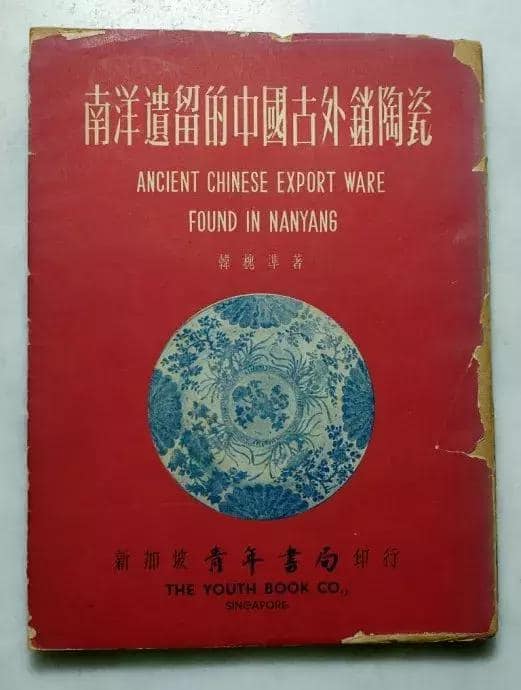
In 1952 he was accepted as a member of the UK Oriental Ceramic Society through the recommendation of the director of then Raffles Museum in Singapore. He donated a large Ceramic collection totaling 276 pieces to the Beijing Palace Museum and moved to China in 1962 and worked as a researcher and consultant in the Palace Museum. He passed away in 1970.
In 2019, there was an exhibition jointly organised by the Hainan and Palace Museum featuring 100 pieces of his donated trade ceramics. Han is a Hainanese and it is not coincidental that Hainan Museum was chosen as the venue for the exhibition in memory of one of its illustrious son. Some of the pieces on display are shown below:

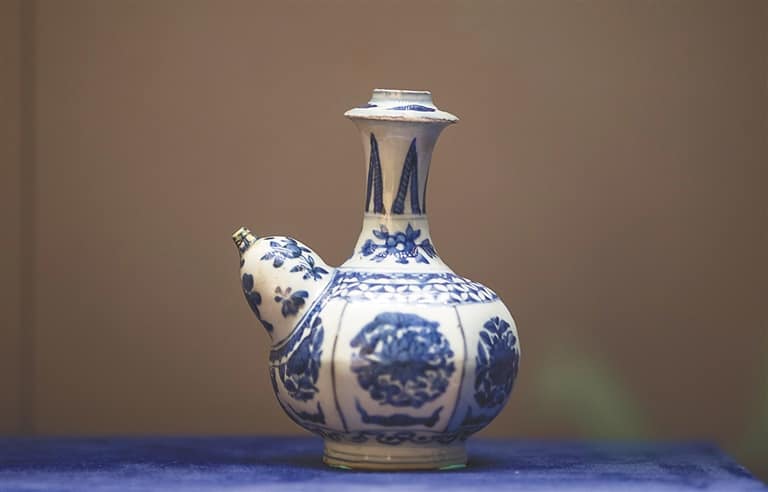
Ming Blue and white ewer with floral decoration
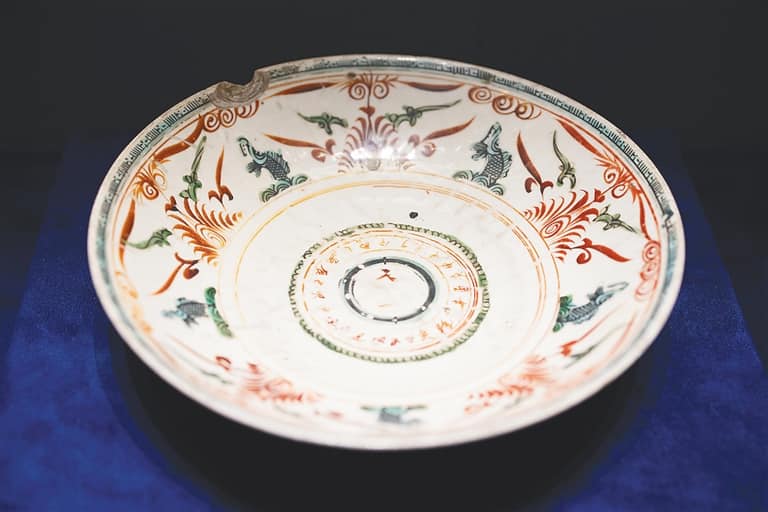
Late Ming Swatow plate with overglaze enamelled decoration
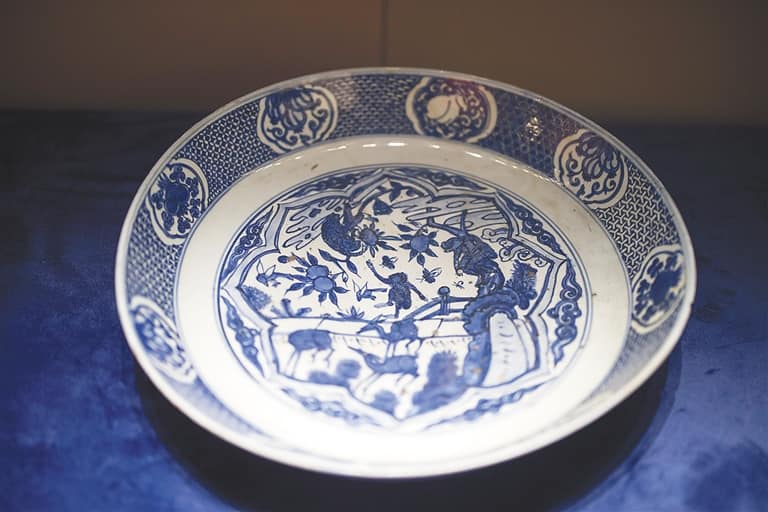
Late Ming Swatow blue and white plate
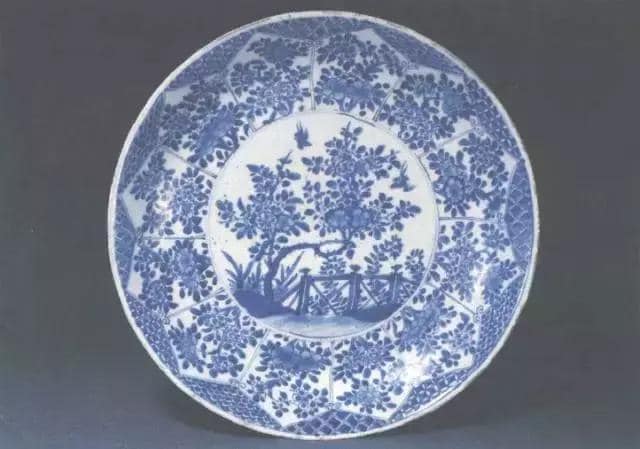
18th Cent. Qing blue and white plate
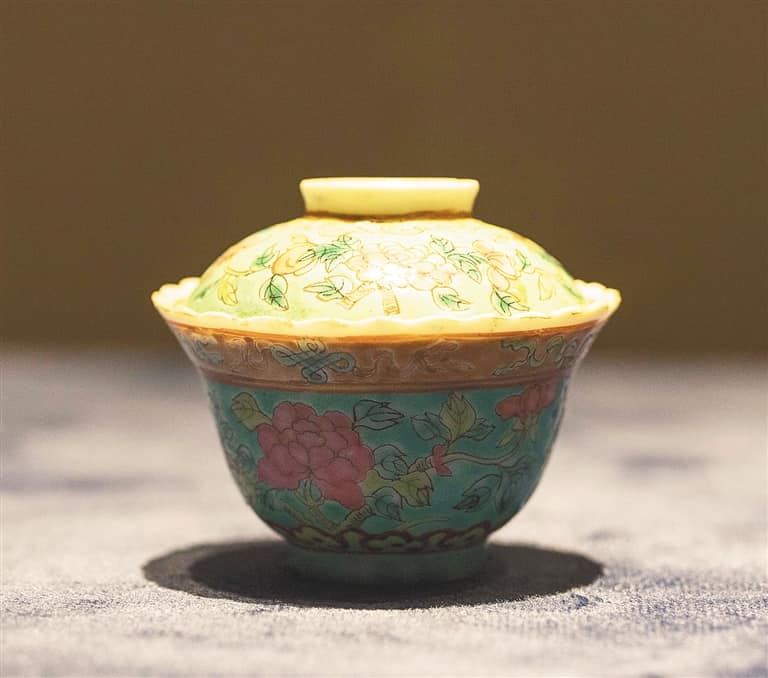 Late Qing cup with overglaze enamelled floral decoration for the Peranankan community. During Han's time, the term Nonya ware was still unknown. This group of porcelains with decorative elements specifically designed to meet the aesthetic requirement of the peranankan community, was just classified as finer ware for the rich by Han. |
The Straits Time article of the interview on 12 Jan 1950:
http://eresources.nlb.gov.sg/…/Article/straitstimes19500112…
Straits Time article on 5 Jan 1961:
http://eresources.nlb.gov.sg/…/Ar…/freepress19610105-1.2.114
During Han's time, excavated export ceramics , ranging from Tang to Qing period, was the focus of collection. In comparison to what we know now about the origin and dating of the export ceramics, the knowledge was still in the infancy stage. Collectors would have to be contented with a general dating and the place of production of many of the export ceramics was still unknown. It was only in the last 50 odd years that large amount of archaeological surveys and studies were undertaken by the Chinese and help to clarify the origin and dating of many of the export ceramics. To know more about the range of trade ceramics that were exported, please read below article: Maritime silk route Trade Ceramics
Emergence of ceramics produced in Southeast Asia as respectable collectable items
The Southeast Asian Ceramic Society founded in 1969 made significant
contribution in promoting appreciation of ceramic art. It’s inaugural exhibition
at the University of Singapore Art Museum in 1971 showcasing ceramic art of
Southeast Asia was a milestone event. Its founding President, William Willetts
was instrumental in promoting the study and research on trade ceramics made in
Thailand, Vietnam and Cambodia. It filled an important gap in our understanding
of ancient trade ceramics.

Chinese Chuang Hui period (创汇期) - Export of domestic type antique Chinese Ceramics
Besides ancient trade ceramics, large quantity of late Qing/Republic Chinese
porcelains also made their way to Singapore in the 1950/70s.
After the founding of the People's
Republic of China on
1 Oct 1949, the Chinese government started
to produce various forms of handicrafts for export to create revenue. This
period till the 1980s is now general called Chuang Hui period (创汇期).
Enormous quantity of Qing/Republican period ceramics were also targetted as
export items. In Singapore, only a few traditional firms
with established Chinese connection were allowed to import porcelains through
the annual spring trade fair in Guangzhou. The Singapore firms were there to
purchase crockery but were required to take in some old porcelains as part of
the transaction. The Chinese
was anxious to clear warehouses brimming over with old porcelains acquired from
the common folks. It turned out to be a
mutually satisfactory arrangement.
The old porcelains, mainly dating to late Qing to Republican period, were hugely
popular with Singapore antique collectors.
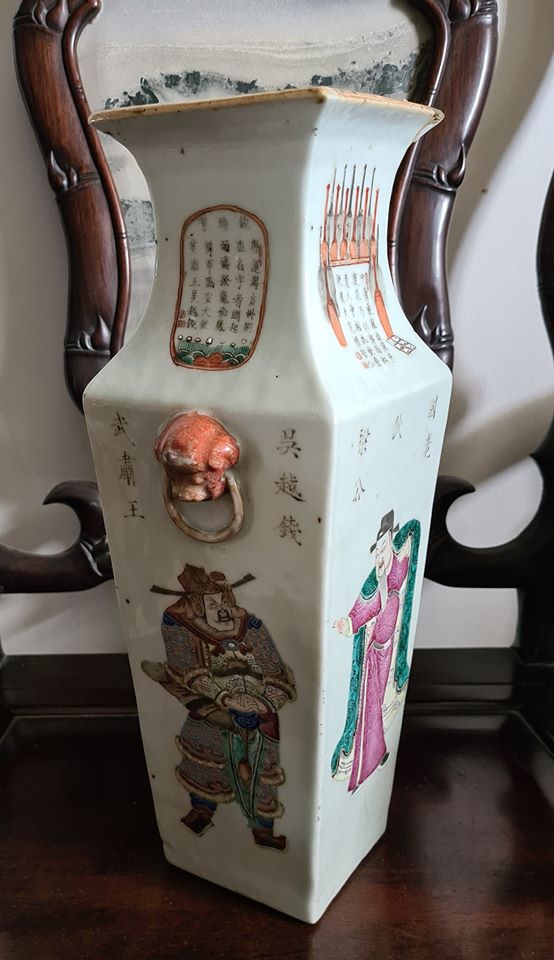
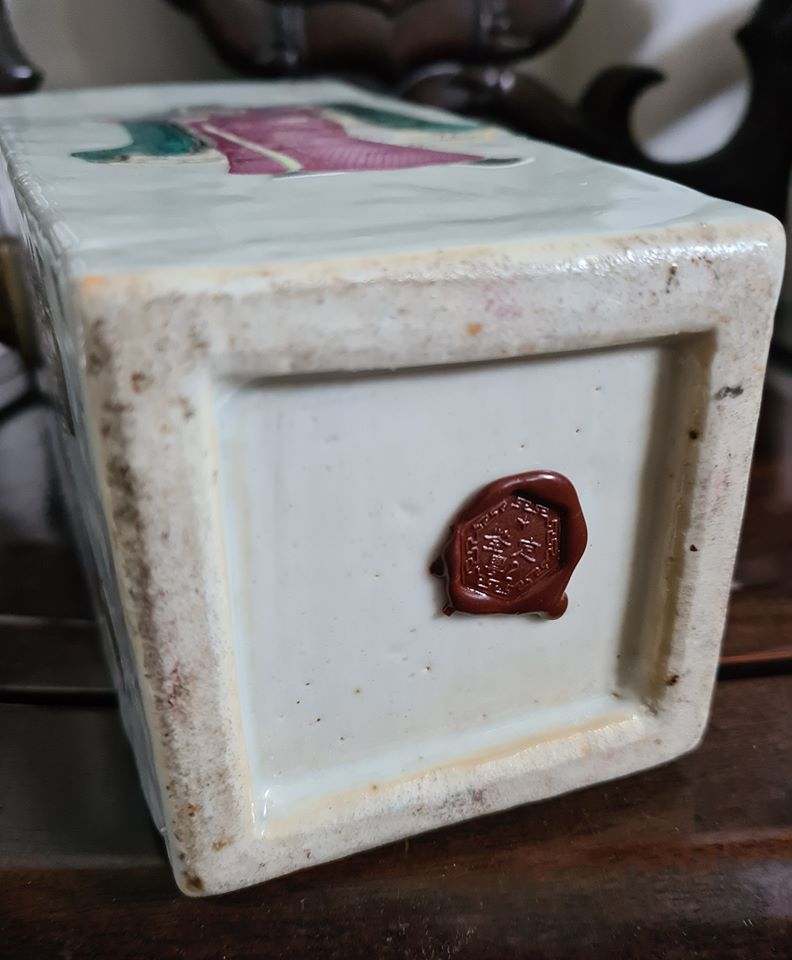
| Late Qing Vase imported from China, usually it has the red wax Jian Ding (鉴定) mark |
Treasure from the sea - Shipwreck ancient trade ceramics
The successful auction of
large quantities of Chinese porcelain known as "Nanking cargo"
by Christie's in
Amsterdam in 1986 stimulated interest in shipwreck trade ceramics among collectors.
With many in the sea yet to be found, it has now become the main source
of trade ceramics as those originating from graves have been exhausted.
5 Dynasties/Northern Song shipwreck Yue wares
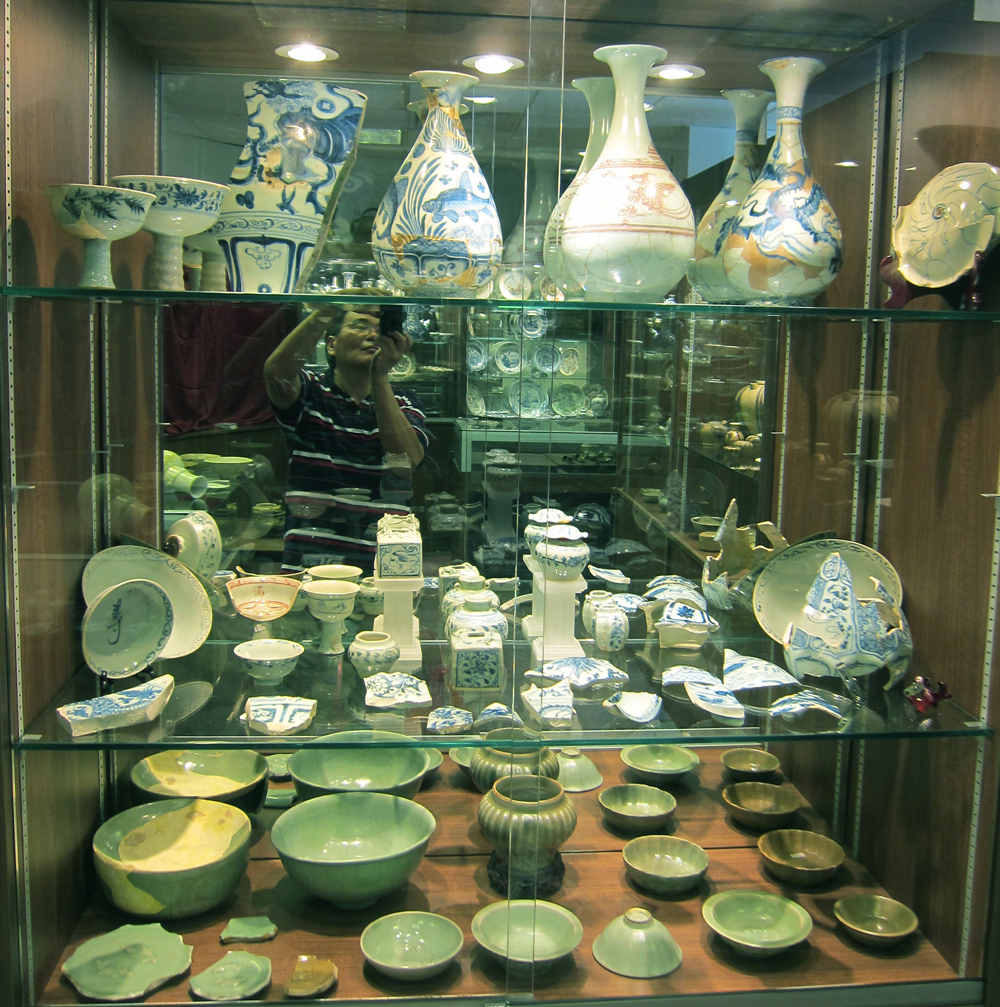
Song/Yuan Longquan and Jingdezhen wares
Northern Song shipwreck Guangdong ceramics
Song/Yuan Fujian shipwreck ceramics
Ming Jingdezhen blue and white wares
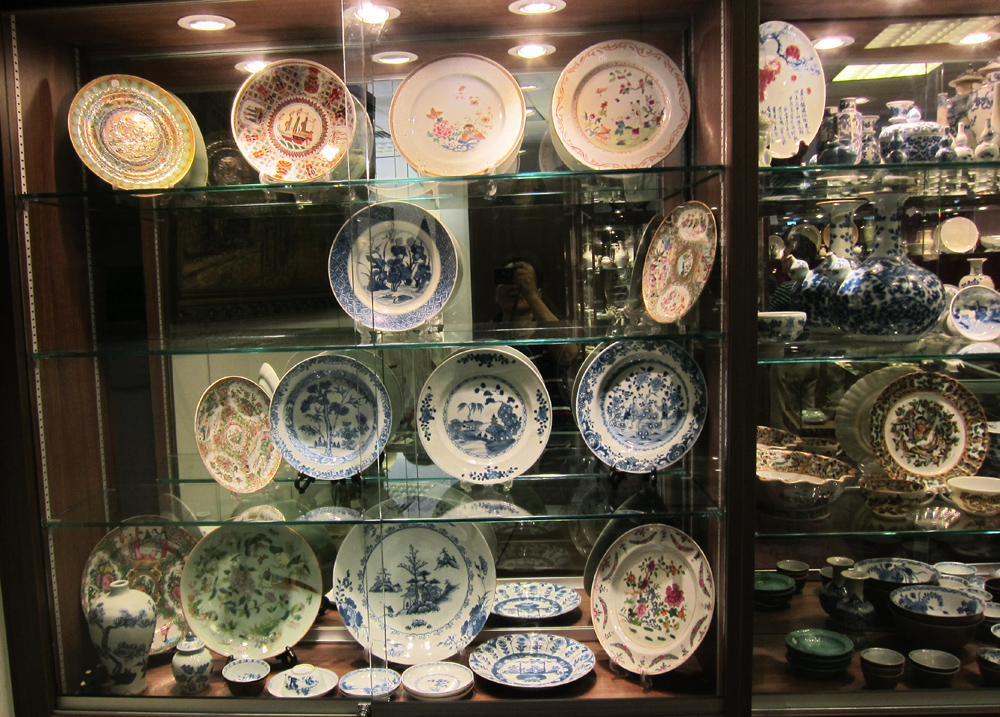
Qing Jingdezhen export ware for European market
Song/Qing Fujian white wares
Era of rampant grave/tomb looting and smuggling activities in China
The Chinese Economic Reform initiated in 1978 vastly altered the antique
collecting landscape. There was
rampant looting of tombs/graves for burial artefacts to feed the lucrative
international antique market. Over
a duration of more than 20 years, countless quantity of burial
artefacts, ranging from Neolithic to Qing period, were smuggled out to Macau and
Hongkong. A substantial amount was
brought in to Singapore by Fujian peddlers from Macau/Hongkong and ended in many
local collections.

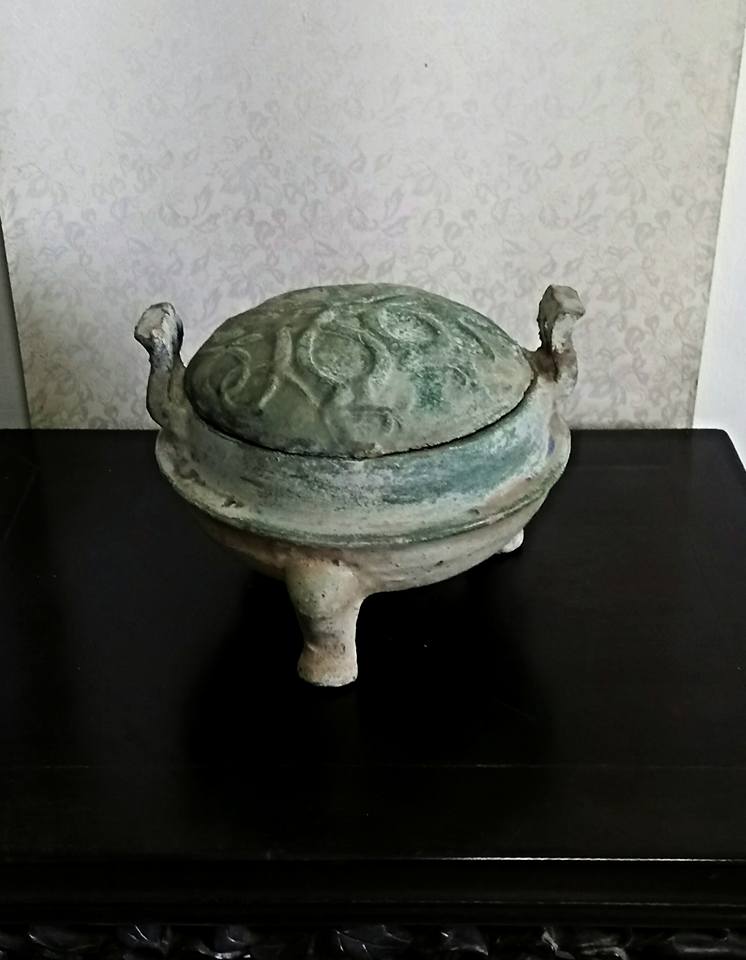
21st Century - Dawn of Internet Age
The internet Age heralded a new era with greater connectivity and explosion of information and misinformation. Online website such as Ebay and Yahoo enable the Singaporean collectors to have greater access to extant export wares found in Europe and America. Although we do find some of those in the region, the range that could be found in the West was much more wide ranging and of better quality.

Information on antique ceramics are now widely available online and social media websites such as Facebook have facilitated exchanges of views and opinions. But for new collectors, it can also be rather trying and confusing. They can be overwhelmed by the deluge of information. One need to build up the ability to identify useful information and ignore the wrong information sometime offered by the well-intentioned.
Nonya Porcelain - A specialised Category of Collection
In
the context of Singapore and Malaysia, there is a need to touch on an unique
group of 19th/20th cent. porcelain termed Nonya ware. Interest in it as a
specialised field of collection was heightened after the publication of the book
"Straits Chinese Porcelain - A Collector's Guide" by Ho Wing Meng in 1983.
Peranakans are widely believed to be descendants of Chinese immigrant traders
who married local Malay women or Bataks from Sumatra. Peranakan males are known
as
babas while
the females are known as nonyas.
They
were also generally from a higher socio-economic class than most Chinese
immigrants.
They retained many of their ethnic and religious practices (such as ancestor
worship), but also assimilated the language and culture of the Malays.
An interesting aspect of the Peranakan material culture is the unique group of
Chinese porcelains with specific
vibrant overglaze colours decoration made in Jingdezhen to cater to the
aesthetic taste of the community.
They consisted of mainly utilitarian articles:
plates, bowls, teacups, wine-cups, dishes, spoons, teapots, food-containers,
basins, spittoons, incense-burners, joss-stick holders, covered pots known as
kamchengs and chupus.
The most distinctive decorative design depicts
blossoming peonies with phoenixes.
Majority of the pieces are decorated with a
border design consisting of 4 or the full 8 elements of the Ba Bao (八宝),
i.e. the 8 precious emblems derived from Buddhist art. They are the
Endless Knot, Treasure Vase, Lotus Flower, two Golden Fish, Parasol, Conch
Shell, Dharma Wheel and Banner of Victory.
The emphasis on the phoenix and peony design
does not however preclude the use of other motifs.
Among them, chrysanthemums, lotus and plum
blossoms are often found in combination with peonies to form the flowers of four
seasons theme. Other commonly found decorative elements include pomegranates,
melons, butterflies, pheasants, peacocks and etc.
The background of the vessel is either left in
white or filled with green, rose pink, yellow, blue, coral red or brown colour.
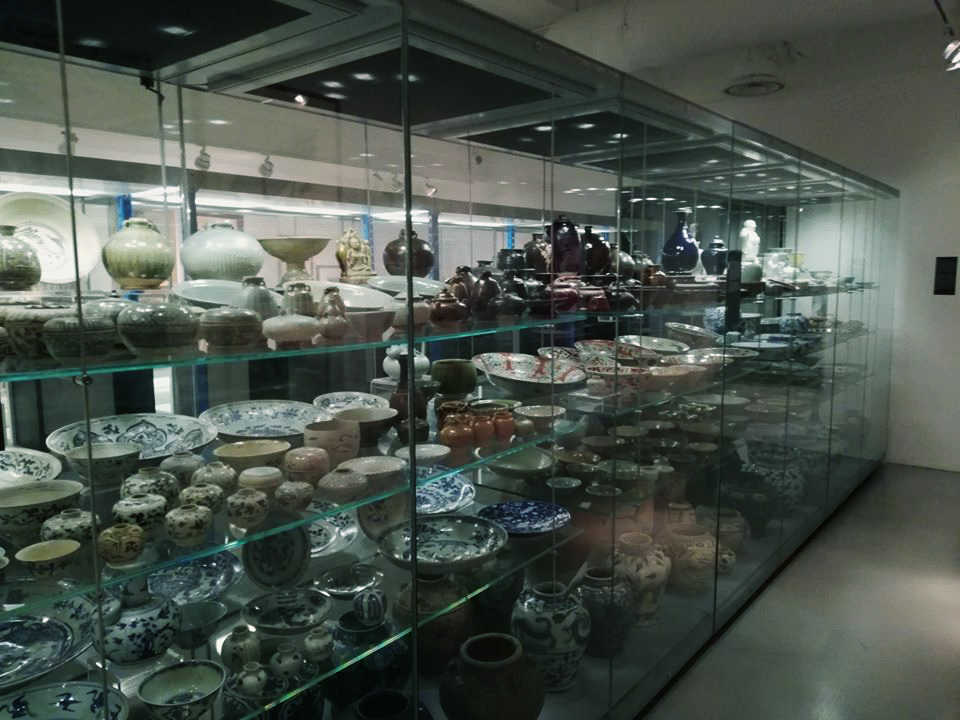
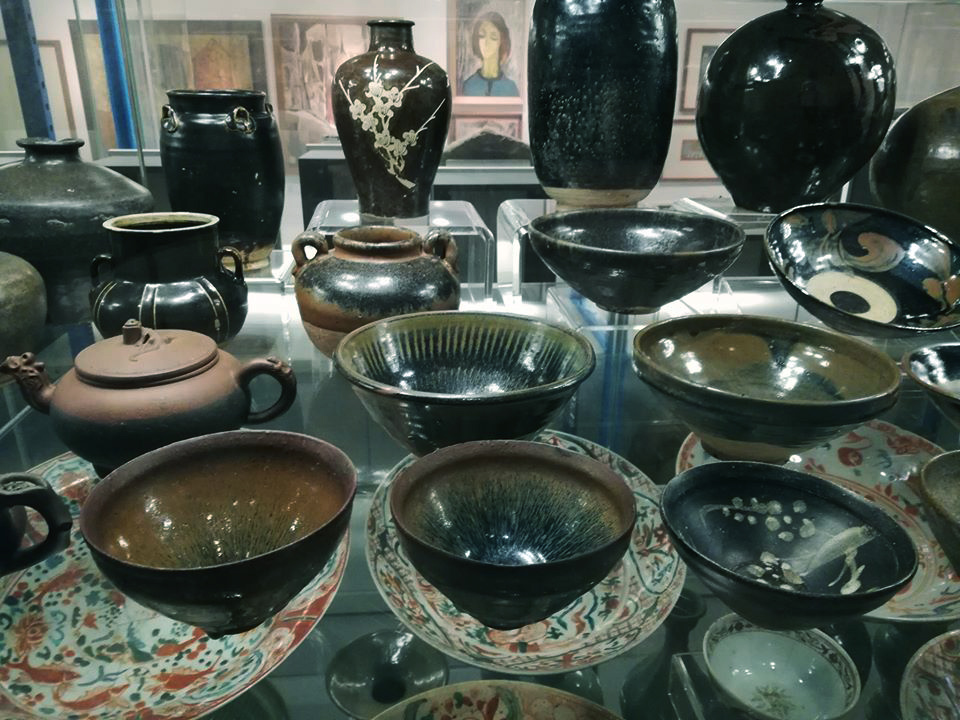
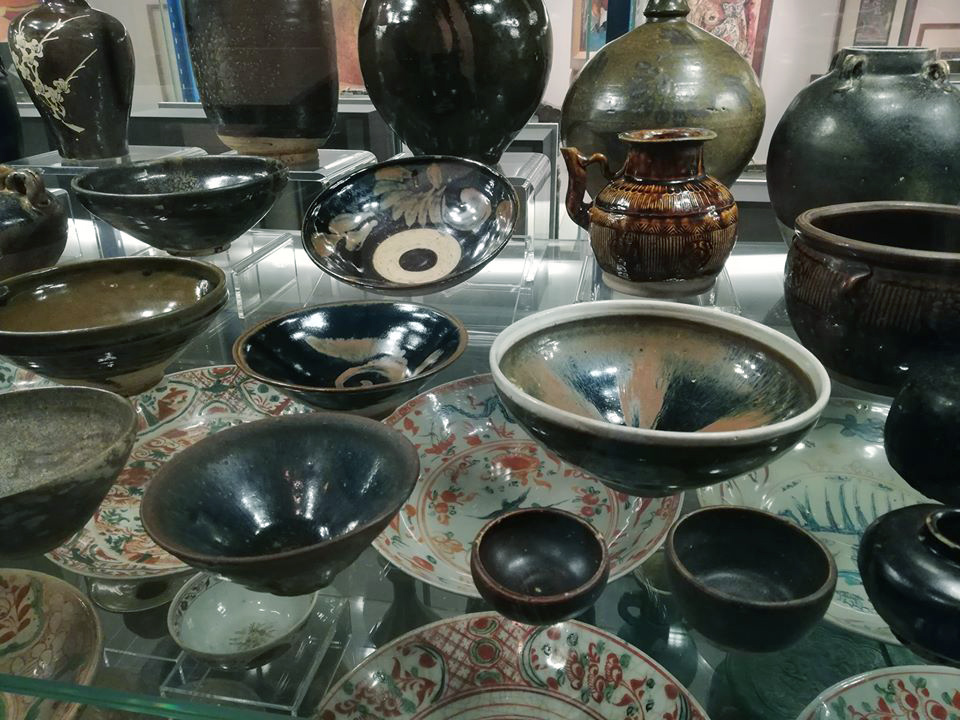
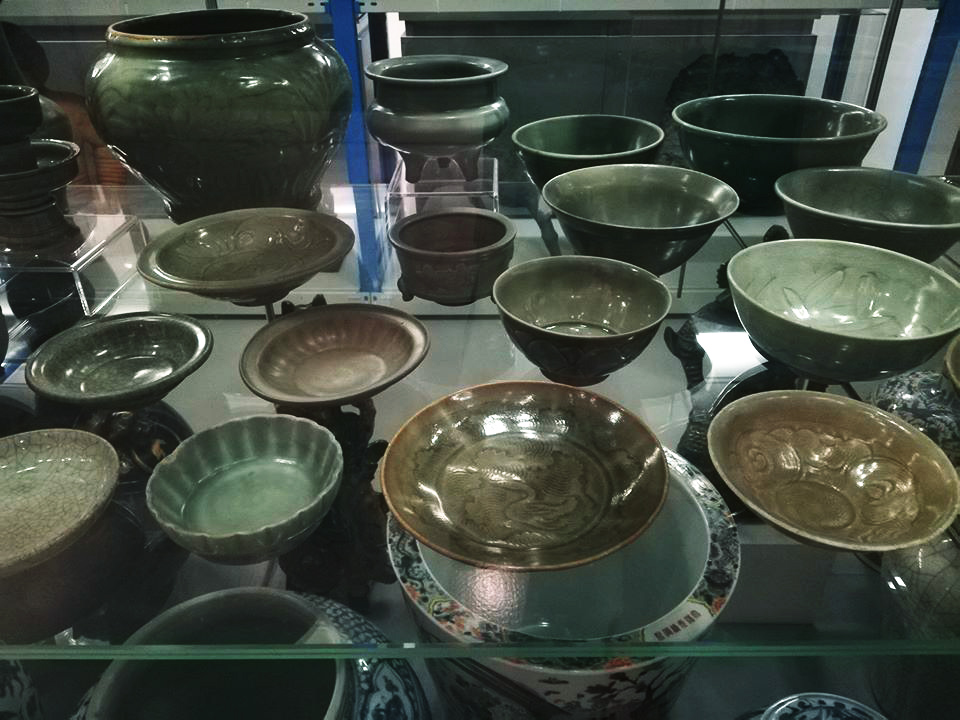
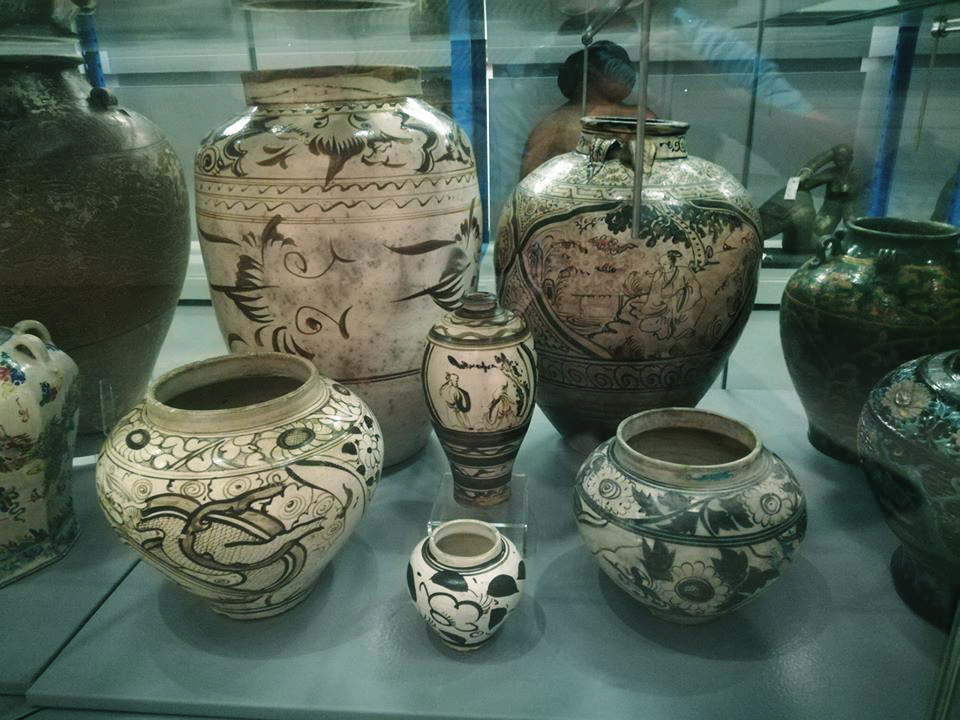
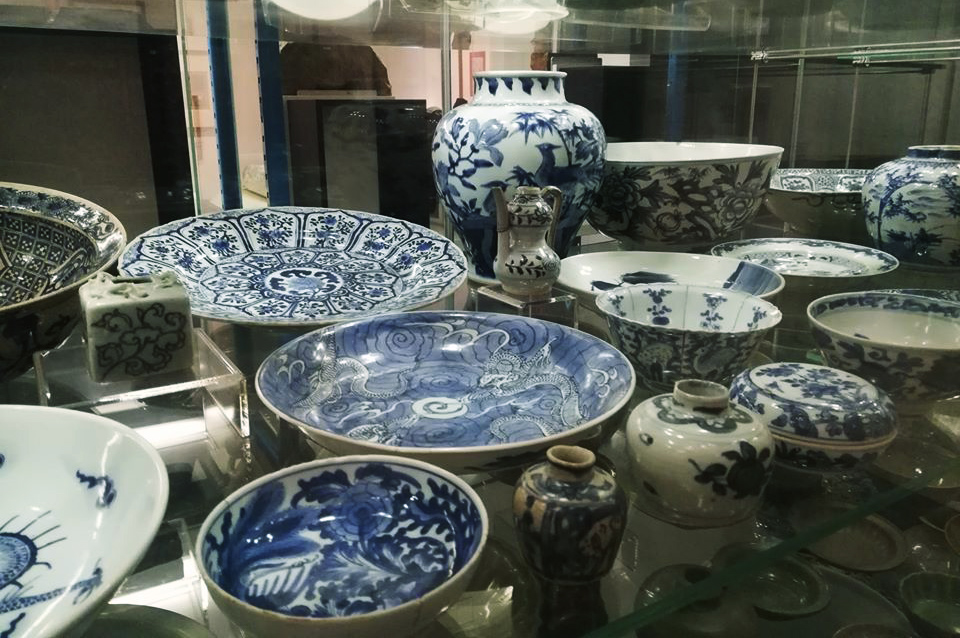
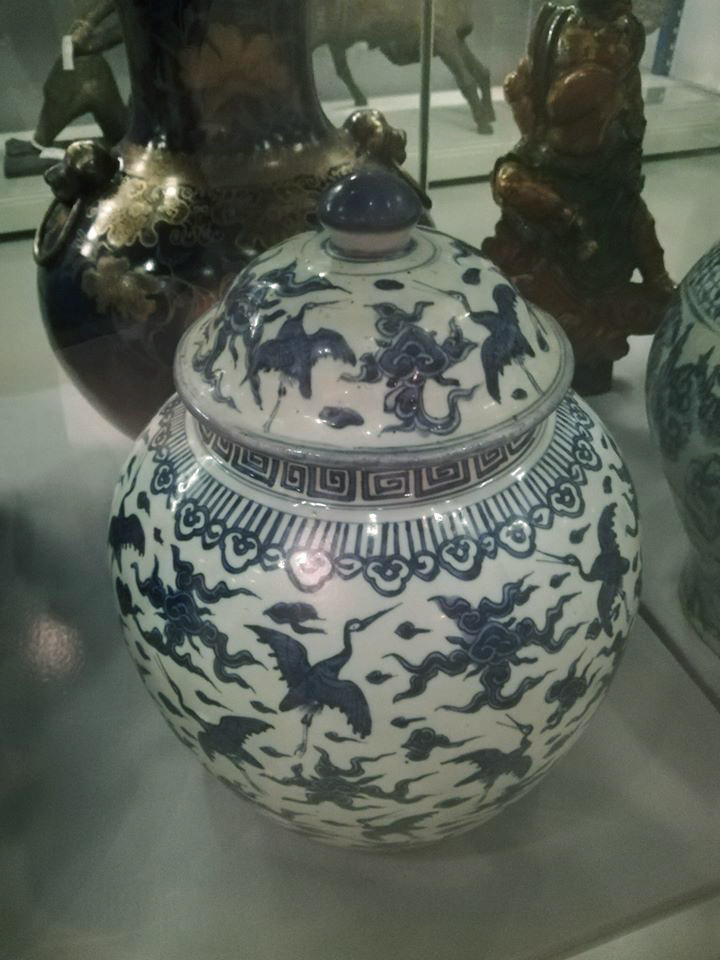

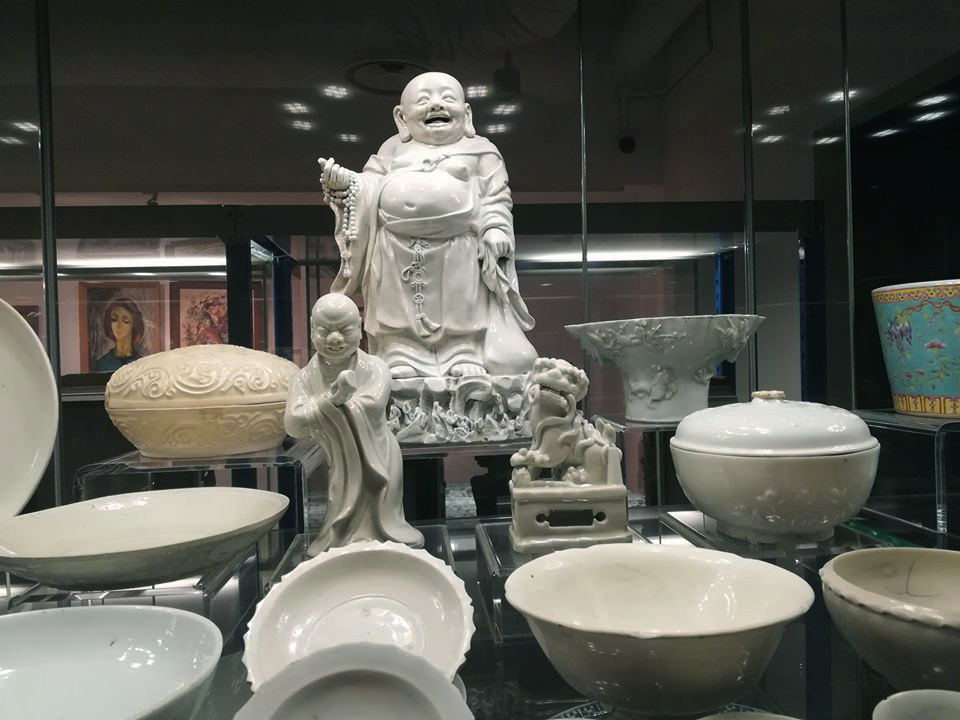
Group of Yuan/Qing Fujian white wares
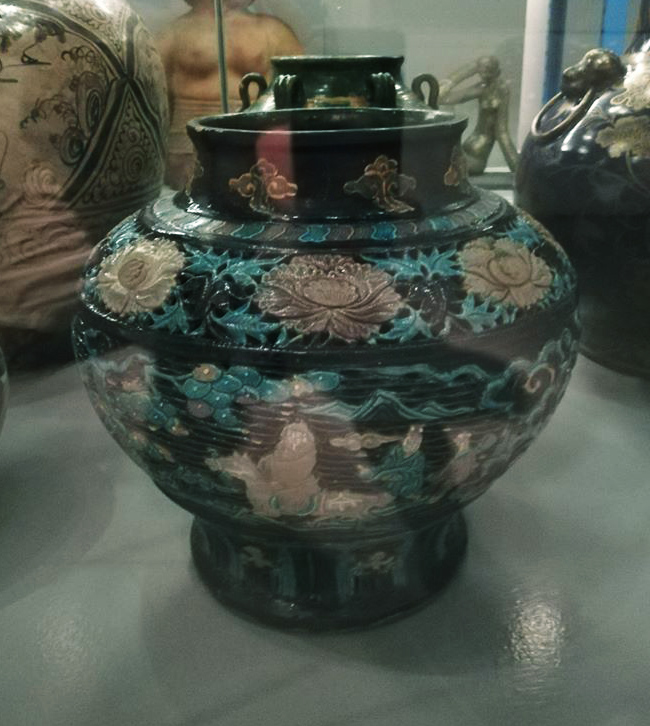
Impressive Ming Fahua Jar
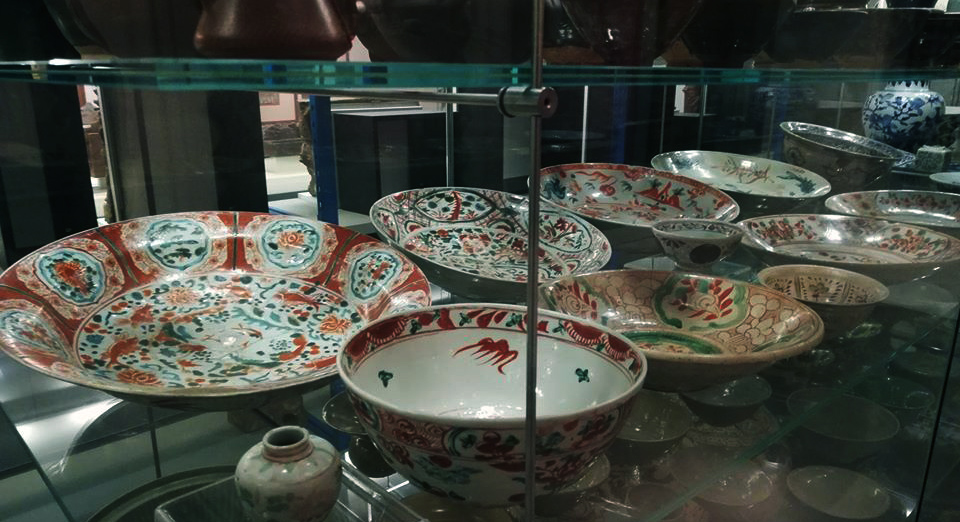
Ming/Qing overglaze enamelled export wares

Ming/Qing Monochrome wares
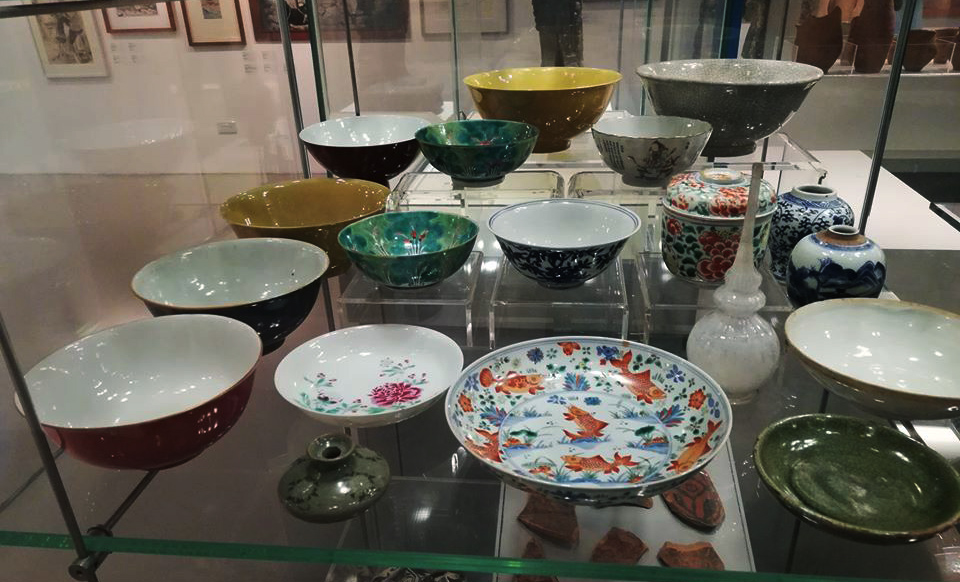
Qing monochrome and overglaze enamelled wares
